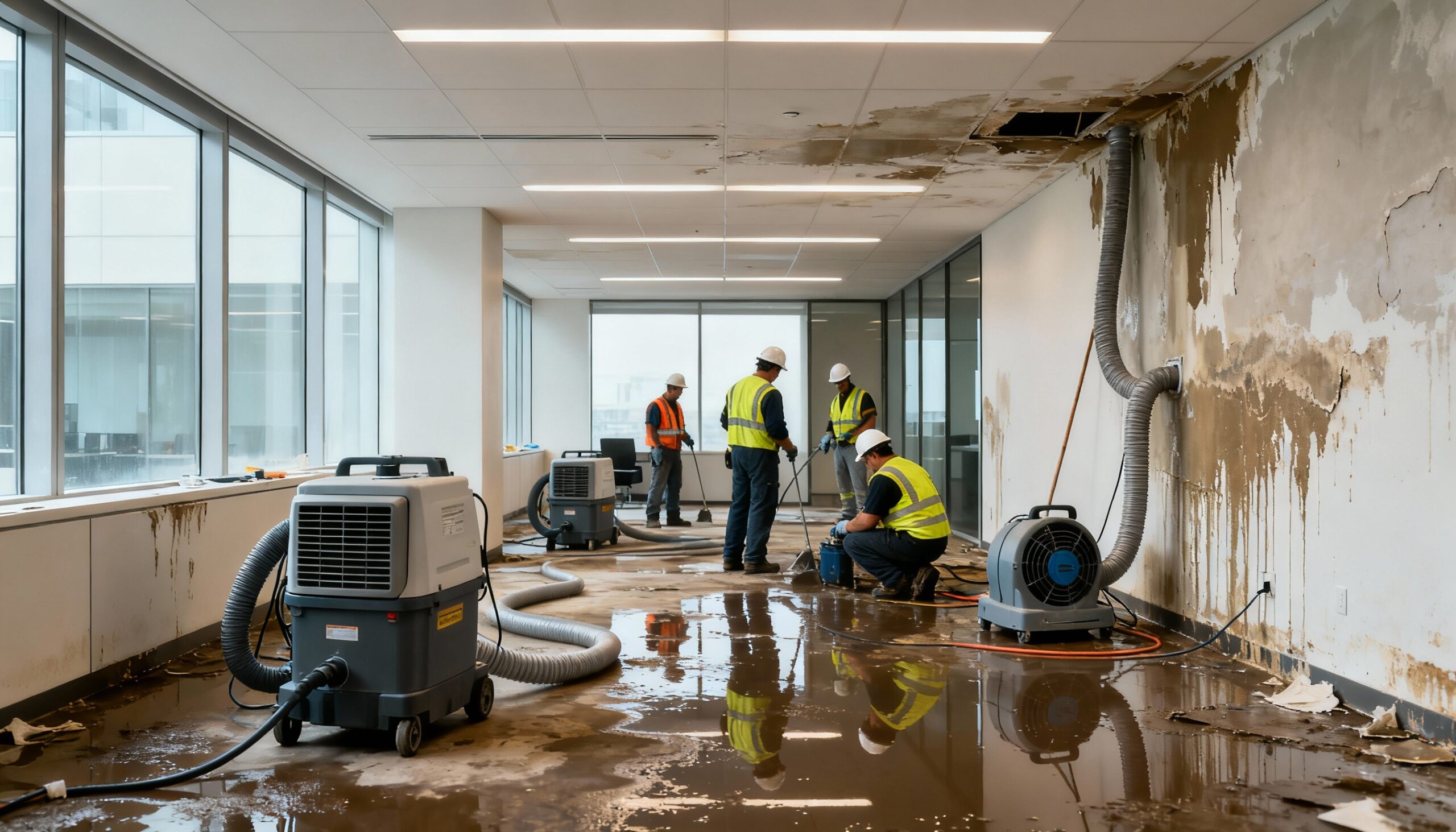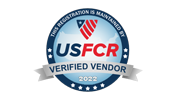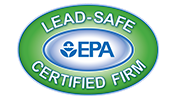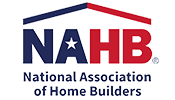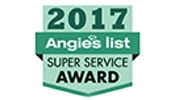Understanding Business Property Water Damage
Business property water damage refers to water intrusion that affects business properties, operations, inventory, or equipment. Unlike residential water damage, commercial water damage scenarios often involve larger affected areas, more complex building systems, and significant business interruption concerns. The impact extends beyond physical damage to include lost productivity, revenue disruption, and potential liability issues.
Business property water damage sources vary widely across different commercial settings. Common causes include plumbing failures in multi-story buildings, HVAC system leaks, roof deterioration, sprinkler malfunctions, and flooding from severe weather. Industrial facilities may face additional risks from process water systems or chemical reactions. Retail spaces often deal with refrigeration unit failures, while restaurants combat dishwasher and kitchen equipment leaks.
The financial impact of commercial property damage extends well beyond immediate repair needs. Businesses face lost revenue during closure periods, potential employee layoffs, inventory losses, equipment replacement, temporary relocation expenses, and increased insurance premiums. Similar concerns arise with fire and smoke damage to commercial properties. Service-based businesses may lose clients to competitors during downtime. Retailers face seasonal inventory losses that can’t be recovered.
Types of Business Property Water Damage
Understanding the category and class of water damage helps determine appropriate response strategies and safety protocols for water damage scenarios. Business property water damage classification follows industry standards that guide restoration approaches.
| Water Category | Source Examples | Contamination Level | Response Priority |
|---|---|---|---|
| Category 1 (Clean) | Supply lines, faucets, clean toilet tanks | Minimal health risk | 24-48 hours before degradation |
| Category 2 (Gray) | Dishwashers, washing machines, clean toilet bowls | Moderate contamination | Immediate attention required |
| Category 3 (Black) | Sewage, flooding, standing water | Highly contaminated | Emergency response critical – professional sewage cleanup required |
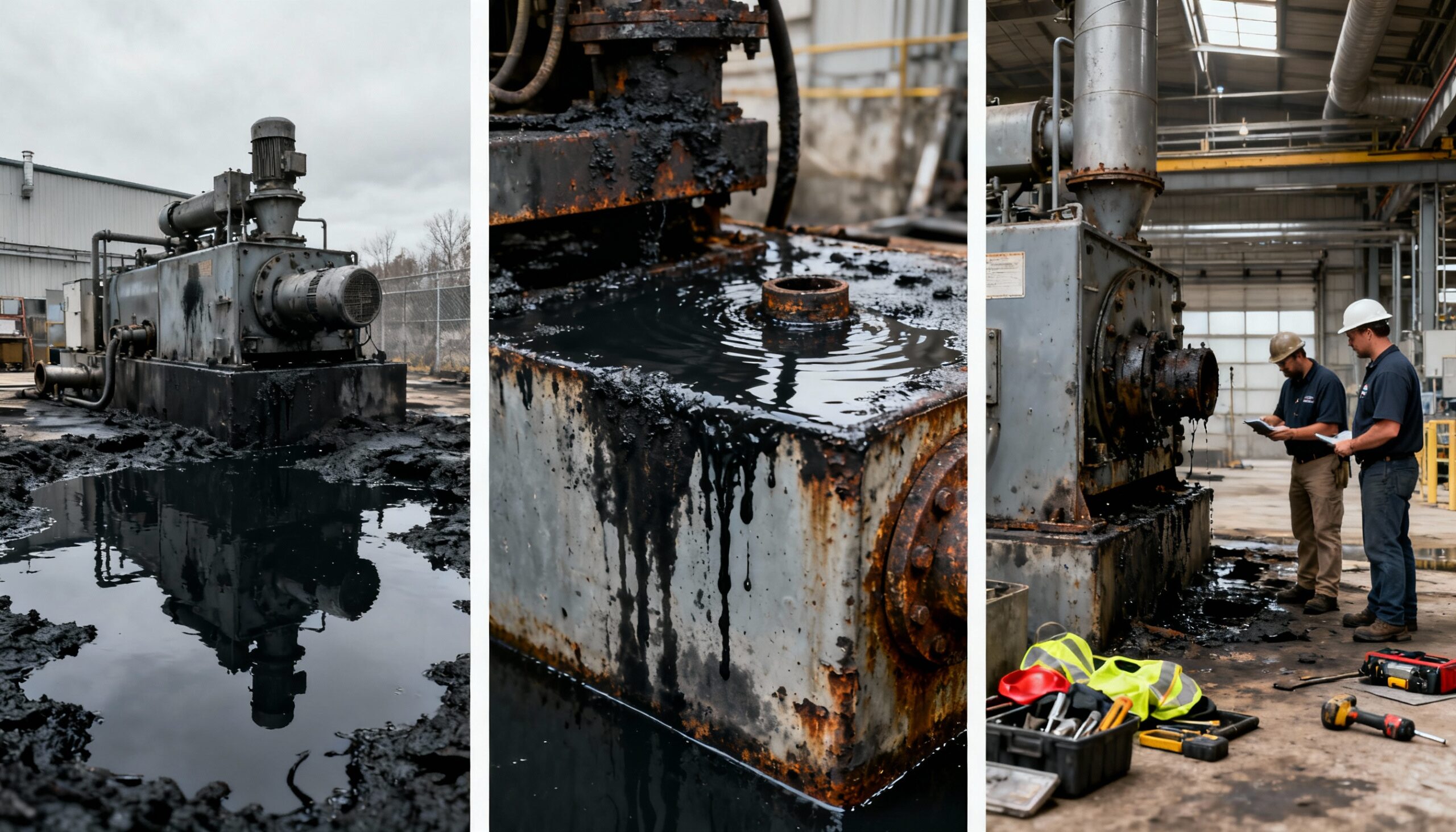
Water damage classes describe the rate of evaporation and extent of affected materials in business property water damage situations. Class 1 involves minimal absorption with slow evaporation rates—typically affecting small areas with low-porosity materials. Class 2 represents fast evaporation affecting carpets, cushions, and walls up to 24 inches. Class 3 indicates the fastest evaporation rate with water coming from overhead, saturating walls, ceilings, insulation, and subflooring. Class 4 involves specialty drying situations with materials like hardwood, plaster, or concrete requiring extended drying times.
Immediate Response Protocol
The first 24 hours after discovering business property water damage are critical for minimizing losses and protecting business assets. A structured immediate response can prevent secondary damage and reduce overall restoration time.
Critical First Steps (First 60 Minutes):
- Ensure Safety: Evacuate affected areas immediately if structural integrity is compromised or electrical hazards exist. Never enter standing water if electrical equipment may be energized.
- Stop Water Source: If safe to do so, shut off the water source causing damage. Know locations of main water shutoffs, floor-level shutoffs, and individual equipment shutoffs.
- Contact Emergency Services: Call professional commercial restoration services immediately. Many offer 24/7 emergency response specifically for business properties.
- Document Everything: Begin photographing and videoing all affected areas, damaged equipment, and inventory before any cleanup begins.
- Notify Stakeholders: Alert your insurance carrier, property manager, and key personnel about the situation and response plan.
💡 Pro Tip: Establish an emergency contact tree before disasters occur. Ensure multiple team members can access vendor contact information, insurance details, and building system documentation.
Once immediate safety concerns are addressed, focus on salvaging priority items from water damage. Move undamaged inventory, equipment, and documents to dry areas. Elevate items off wet floors using pallets or blocks. Remove standing water from critical equipment areas first. For damaged inventory and equipment, professional contents cleaning services can often restore items that appear beyond repair. Prioritize items based on replacement value and business necessity when dealing with water damage.

Documentation and Insurance Considerations
Comprehensive documentation forms the foundation of successful insurance claims and accurate restoration planning. Commercial properties require more detailed documentation than residential properties due to higher values, business interruption claims, and complex inventory considerations.
Essential Documentation Elements:
| Documentation Type | What to Capture | When to Document | Format |
|---|---|---|---|
| Initial Damage Assessment | Wide shots of all affected areas, close-ups of damage | Before any cleanup | Photos, video, written notes |
| Inventory Damage | Each damaged item with model numbers, serial numbers | During triage process | Spreadsheet with photos |
| Equipment Status | All affected equipment, operational testing results | Before restoration begins | Technical reports, photos |
| Daily Progress | Restoration activities, moisture readings, drying progress | Throughout restoration | Daily logs with timestamps |
| Financial Records | Receipts, invoices, business interruption data | Ongoing throughout claim | Digital copies, organized files |
Business interruption claims require specific documentation that many business owners overlook when filing business property water damage claims. Gather profit and loss statements from comparable periods, payroll records showing retained employees, utility bills showing occupied premises, and contracts demonstrating lost opportunities. Document all extra expenses incurred to minimize business interruption from business property water damage, including temporary location rentals, expedited shipping fees, and overtime payments.
⚠️ Important: Never dispose of damaged items before your insurance adjuster inspects the property. Early disposal can result in claim denials or reduced settlements.
Business Continuity During Business Property Water Damage Restoration
Maintaining business operations during business property water damage restoration requires strategic planning and flexible thinking. Effective business flood response planning can significantly reduce downtime. The goal is minimizing revenue loss while ensuring proper restoration work proceeds safely and effectively.
Assess which business functions can continue during business property water damage restoration. Many businesses can maintain partial operations by relocating to undamaged areas, implementing remote work protocols, or establishing temporary facilities. Service businesses may schedule off-site client meetings. Retail operations might shift to online sales with modified pickup procedures. Manufacturers could outsource production to partner facilities.
Communication strategies become crucial during business flood response scenarios. Notify customers proactively about any service disruptions, modified hours, or temporary location changes. Update your website, social media accounts, and Google Business Profile immediately. Set up automatic email responses and voicemail messages directing customers to alternative contact methods. Transparency builds trust and helps retain customer relationships.
🏠 Business Tip: Pre-establish relationships with co-working spaces, temporary storage facilities, and equipment rental companies. Having these connections before emergencies occur significantly reduces business interruption time.
Consider implementing a phased reopening approach for business property water damage recovery. A well-planned business flood response strategy enables faster return to operations. Restore critical operational areas first while continuing work in less essential spaces. This strategy allows revenue generation to resume while completing comprehensive business property water damage restoration. Ensure all reopened areas meet safety standards and local regulations before allowing employee or customer access.
Professional Restoration Process
Business property water damage restoration follows a systematic approach designed to return properties to pre-loss condition while minimizing business downtime. Professional commercial water damage restoration requires specialized expertise and equipment beyond residential capabilities. Commercial water damage projects demand coordinated teams and advanced technology. Understanding this process helps business owners set realistic expectations and coordinate effectively with restoration teams.
Commercial Restoration Phases:
- Emergency Contact and Inspection (Hours 1-4): Initial site assessment determines damage extent, safety concerns, and required resources. Restoration professionals evaluate water source, contamination level, affected materials, and structural impacts.
- Water Removal and Extraction (Hours 4-24): Industrial-grade pumps and vacuums remove standing water. Priority areas receive attention first to prevent secondary damage and enable business function restoration.
- Drying and Dehumidification (Days 1-7): Commercial air movers and dehumidifiers create controlled drying environments. Moisture meters and thermal imaging track progress. Drying times vary based on materials affected and damage extent.
- Cleaning and Sanitizing (Days 3-10): All affected areas and salvageable items undergo cleaning using appropriate methods for contamination level. Antimicrobial treatments prevent mold growth. If mold has already developed, specialized remediation becomes necessary.
- Restoration and Reconstruction (Days 7-60+): Minor repairs like drywall replacement, painting, and carpet installation occur first. Major reconstruction projects involving structural repairs or equipment replacement follow.
Commercial properties often require specialized equipment beyond standard restoration tools for business property water damage. Large-scale desiccant dehumidifiers handle massive moisture loads. Trailer-mounted equipment serves multi-story buildings. Specialized extractors address unique commercial flooring systems. Industrial hygienists may test for contaminants in sensitive environments like healthcare facilities or food service operations affected by business property water damage.
| Property Type | Unique Challenges | Specialized Equipment | Average Timeline |
|---|---|---|---|
| Office Buildings | Multi-floor water migration, electronic equipment | Vertical drying systems, document recovery equipment | 7-14 days |
| Retail Spaces | Inventory protection, customer access maintenance | Containment barriers, rapid drying systems | 5-10 days |
| Warehouses | Large square footage, inventory volume | Industrial dehumidifiers, forklift-mounted equipment | 10-21 days |
| Restaurants | Health code compliance, kitchen equipment | Food-safe sanitizers, specialized equipment drying | 7-14 days |
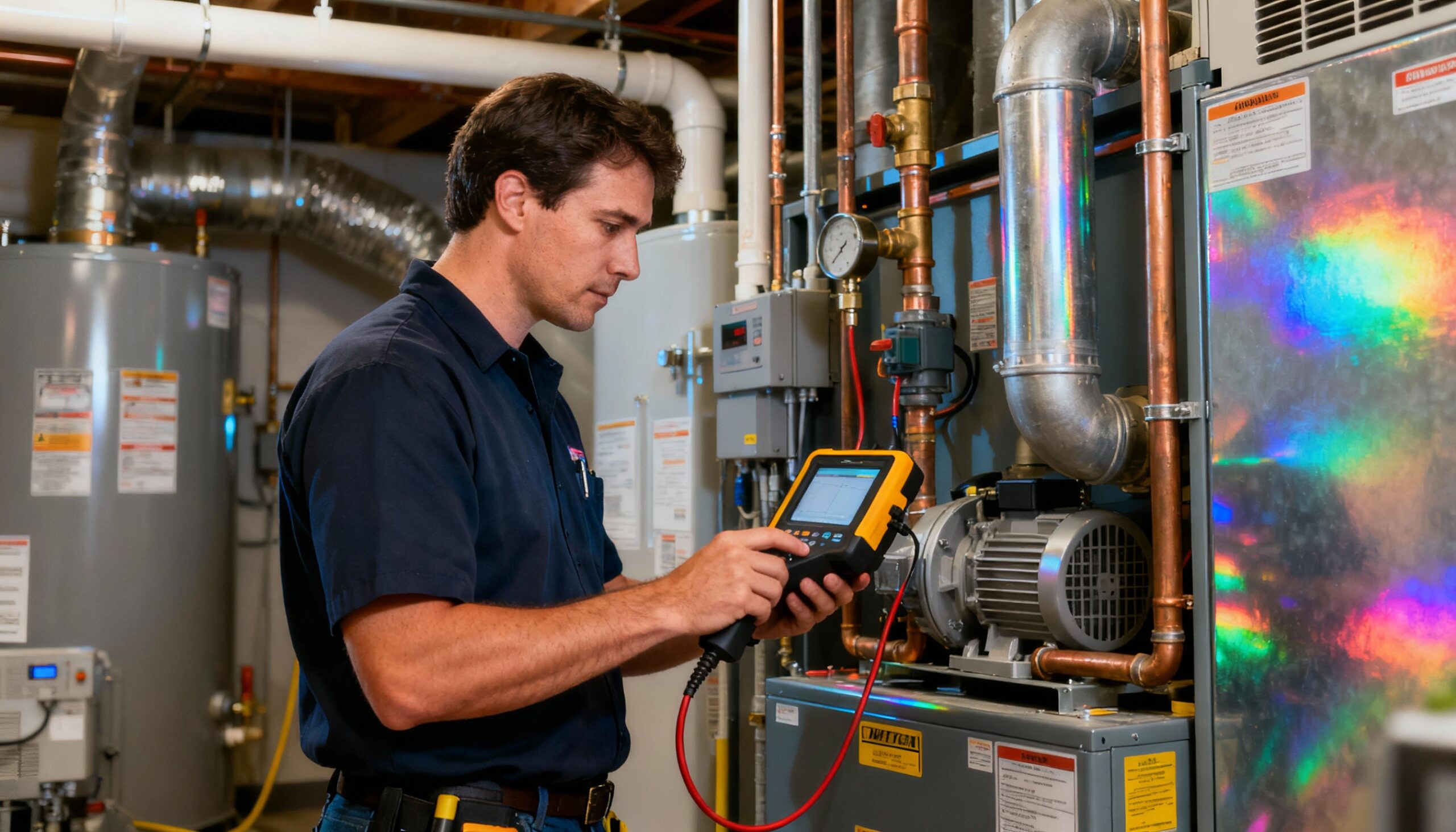
Prevention and Risk Mitigation Strategies for Business Property Water Damage
Proactive commercial property protection measures significantly reduce business property water damage risks and minimize potential business interruption. Comprehensive commercial property protection requires multiple layers of defense. Prevention strategies prove far more economical than emergency restoration and business closure.
Essential Prevention Measures:
Building Envelope Protection: Regular roof inspections identify deteriorating materials, damaged flashing, and clogged drainage systems before business property water damage leaks develop. Commercial roofs require professional assessment every six months, with additional inspections after severe weather events. Maintain proper grading around building foundations to direct water away from structures and prevent water damage. Effective commercial property protection includes maintaining all gutters and downspouts quarterly.
Plumbing System Maintenance: Schedule annual plumbing inspections for commercial properties to prevent business property water damage, with more frequent assessments for older buildings or high-usage facilities. Replace aging pipes proactively based on material lifespan expectations. Install water leak detection systems that provide real-time alerts to facility managers about potential water damage. Consider automatic shutoff valves that activate when unusual water flow patterns occur.
HVAC System Care: Heating, ventilation, and air conditioning systems represent significant business property water damage sources in commercial buildings. Maintain condensate drain lines to prevent overflow and water backup that causes business property water damage. Replace drain pans showing signs of corrosion or damage. Schedule professional HVAC maintenance quarterly to identify potential issues before failures occur.
💡 Pro Tip: Install smart water sensors in high-risk areas like mechanical rooms, kitchens, bathrooms, and below water heaters. Modern sensors connect to facility management systems and provide instant mobile alerts.
Develop and document emergency response procedures specific to your facility for water damage events. Ensure multiple employees know water shutoff locations, emergency contact information, and initial response protocols for business property water damage. Conduct annual training sessions and update procedures as building systems change. Post laminated emergency procedure cards near water shutoffs and in employee areas.
Employee Training and Preparedness for Business Property Water Damage
Well-trained employees serve as your first line of defense against extensive business property water damage. Proper training enables quick identification of problems and immediate appropriate responses that minimize damage severity.
Create facility-specific training programs covering water shutoff locations for main lines and individual systems, leak identification and reporting procedures for business property water damage, emergency contact protocols, and safe response actions versus situations requiring immediate evacuation. Conduct hands-on training sessions rather than passive presentations. Walk employees through actual shutoff procedures and business property water damage response scenarios.
| Training Component | Frequency | Target Audience | Key Topics |
|---|---|---|---|
| New Employee Orientation | Upon hiring | All staff | Basic awareness, reporting procedures |
| Facility Management Training | Quarterly | Managers, maintenance | Shutoff procedures, emergency response |
| Department-Specific Training | Annually | High-risk departments | Equipment-specific procedures |
| Emergency Drill | Bi-annually | All staff | Evacuation, communication protocols |
Designate business property water damage response leaders for each shift and department. These individuals receive advanced training and take charge during business property water damage emergencies until professional help arrives. Provide response leaders with emergency kits containing flashlights, contact lists, documentation forms, and basic water mitigation supplies.
Technology Solutions for Business Property Water Damage Prevention
Modern technology offers commercial property owners sophisticated tools for preventing and responding to business property water damage events. Smart building systems integrate multiple protection layers into comprehensive monitoring solutions for water damage prevention. Advanced commercial property protection systems provide 24/7 monitoring and instant alerts.
Water leak detection systems range from simple point sensors to comprehensive network solutions monitoring entire facilities for business property water damage. Point sensors work well for high-risk locations like mechanical rooms and storage areas. Network systems provide centralized monitoring with mobile alerts, automatic shutoff capabilities, and integration with building management platforms. Advanced systems use artificial intelligence to detect unusual water usage patterns indicating hidden leaks that could cause water damage.
Smart valve technology automatically shuts off water flow when sensors detect leaks or abnormal usage patterns that could lead to water damage. These systems prevent extensive business property water damage from unattended leaks during closed business hours. Programmable features allow customized responses based on time of day, day of week, and specific sensor locations.
Building automation systems integrate water monitoring with other facility management functions. These platforms track water usage trends, identify efficiency opportunities, and provide predictive maintenance alerts. Integration with security systems enables coordinated responses when water events trigger multiple alarms.
⚠️ Important: Technology supplements but doesn’t replace regular physical inspections and maintenance. Sensors can fail, and some leak locations may not have sensor coverage.
Insurance Considerations for Business Property Water Damage
Understanding commercial property insurance coverage proves essential for comprehensive protection and successful claim resolution after business property water damage. Business owners must recognize coverage limitations and supplemental insurance needs for water damage scenarios.
Standard commercial property policies typically cover sudden and accidental business property water damage from burst pipes, roof leaks, and equipment malfunctions. However, coverage often excludes flood damage, which requires separate flood insurance policies. Gradual damage from ongoing leaks, maintenance-related issues, and certain weather conditions may face coverage limitations.
Business interruption insurance provides crucial protection during business property water damage restoration periods. This coverage compensates for lost income, continuing expenses, and extra costs incurred to maintain operations during repairs from water damage. Proper documentation of normal business operations becomes essential for successful business interruption claims. Maintain current financial records, customer contracts, and operational documentation.
Equipment breakdown coverage addresses business property water damage to expensive business equipment and machinery. Standard policies may provide limited equipment coverage for business property water damage, making supplemental protection valuable for businesses with significant equipment investments. Review coverage limits against actual equipment replacement values annually.
🏠 Business Tip: Schedule annual insurance reviews with your agent to ensure coverage keeps pace with business growth, equipment acquisitions, and property improvements. Document all property enhancements and equipment purchases.
Seasonal Considerations and Weather Preparedness for Business Property Water Damage
Different seasons present unique business property water damage risks requiring specific business flood response preparations. Effective business flood response requires understanding seasonal patterns and preparing accordingly. Seasonal maintenance schedules help commercial property owners address predictable challenges proactively.
Winter Weather Preparation: Cold weather brings frozen pipe risks, ice dam formation, and snow melt issues that can cause business property water damage. Insulate exposed pipes in unheated areas including exterior walls, crawl spaces, and attics. Maintain consistent building temperatures during closed periods. Clear snow accumulation from roofs before weight becomes excessive or melt patterns create business property water damage problems. Inspect and maintain heating systems before cold weather arrives.
Spring Storm Season: Heavy rainfall and rapid snow melt test drainage systems and building envelopes, potentially causing commercial water damage. Clean gutters and downspouts thoroughly after winter. Test sump pumps and backup systems before spring rains begin. Inspect roof condition after winter damage to prevent water damage. Grade soil around building foundations to ensure proper drainage direction.
Summer Humidity Management: High humidity creates condensation problems and strains HVAC systems. Proper commercial property protection during summer includes maintaining building ventilation and air conditioning performance. Monitor humidity levels in storage areas and adjust dehumidification as needed. Inspect condensate drain lines for clogs that could cause overflow.
Fall Preparation: Autumn maintenance prepares properties for winter while addressing summer wear and strengthening business flood response capabilities. Final gutter cleaning removes fallen leaves. Inspect and repair any summer storm damage. Test heating systems before cold weather demands operation. Drain and winterize exterior water features and irrigation systems.
Business Property Water Damage Recovery Timeline and Expectations
Understanding realistic recovery timelines helps business owners plan for continuity and set appropriate stakeholder expectations. Business property water damage restoration timelines vary based on damage extent, property type, and operational requirements.
Minor business property water damage affecting small areas with quick response might resolve within three to five days. These situations typically involve limited water intrusion quickly addressed with extraction and drying equipment. Business operations may continue with minimal disruption in unaffected areas.
Moderate water damage scenarios affecting multiple rooms or floors generally require seven to fourteen days for complete restoration. These situations involve more extensive drying operations, potential material removal, and coordinated reconstruction efforts. Partial business operations may continue while business property water damage restoration proceeds in phases.
Severe business property water damage from major flooding, extensive contamination, or structural impacts can require several weeks to months for full restoration. These complex projects involve contaminated material removal, structural repairs, equipment replacement, and comprehensive reconstruction. Business relocation or extended closure may become necessary.
| Damage Severity | Affected Area | Typical Timeline | Business Impact |
|---|---|---|---|
| Minor | Single room or area, clean water | 3-5 days | Minimal disruption, localized closure |
| Moderate | Multiple rooms or one floor | 7-14 days | Partial operations possible |
| Significant | Multiple floors or major areas | 14-30 days | Significant operational limitations |
| Severe | Entire facility or structural damage | 30+ days | Possible temporary closure or relocation |
Selecting Business Property Water Damage Restoration Professionals
Choosing qualified commercial restoration professionals significantly impacts business property water damage recovery success and business continuity. Not all restoration companies possess the expertise, equipment, and capacity for commercial projects.
Evaluate restoration companies based on commercial-specific experience and capabilities for business property water damage. Look for firms regularly handling commercial properties similar to your facility type. Ask about typical commercial project sizes, specialized equipment inventory for business property water damage, and staff capacity for large-scale operations. Request references from similar businesses and verify those references personally.
Response capabilities matter tremendously for water damage scenarios. Confirm 24/7 emergency availability with guaranteed response times. Ask about equipment deployment capabilities and staff availability for large projects. Understand their approach to business continuity planning and phased restoration allowing operational areas to reopen.
Insurance expertise streamlines the business property water damage claims process and documentation requirements. Experienced commercial restoration companies understand insurance adjuster expectations for business property water damage, required documentation standards, and effective communication with insurance carriers. They should provide detailed estimates, progress documentation, and clear billing processes that simplify claim submission.
💡 Pro Tip: Establish relationships with commercial restoration companies before emergencies occur. Some firms offer pre-loss planning services including facility assessments, customized emergency response plans, and priority service agreements.
Long-Term Business Property Water Damage Prevention
Preventing future business property water damage requires ongoing commitment to maintenance, monitoring, and system improvements. Long-term prevention strategies protect property values and business operations.
Implement comprehensive preventive maintenance schedules covering all water-related systems and building components to prevent water damage. Document maintenance activities, inspection findings, and corrective actions taken. Regular maintenance often satisfies insurance requirements and demonstrates due diligence if business property water damage claims occur.
Budget appropriately for system replacements before failures cause business property water damage. Commercial building components have predictable lifespans requiring proactive replacement planning. Aging plumbing systems, worn roofing materials, and outdated HVAC equipment present increasing business property water damage risks as they approach end-of-life.
Consider building envelope improvements that enhance water resistance and prevent water damage. Modern waterproofing technologies, improved drainage systems, and upgraded roofing materials provide superior protection compared to older methods. These investments pay dividends through reduced business property water damage risks and lower insurance premiums.
Review and update emergency response procedures for business property water damage annually. As staff changes occur, systems are modified, and business operations evolve, emergency procedures require corresponding updates. Include lessons learned from any business property water damage incidents in procedure improvements.
Frequently Asked Questions
How quickly must I respond to business property water damage to prevent major losses?
Response speed is critical for business property water damage. The first 24-48 hours determine whether you face minor restoration or extensive reconstruction. Water begins degrading materials immediately, with mold growth possible within 24-48 hours. Contact professional commercial water damage restoration services within the first hour of discovery. Quick response often means the difference between a few days of disruption and weeks of closure.
Can my business continue operating during business property water damage restoration?
Many businesses maintain partial operations during restoration depending on damage extent and location. Professional restoration companies can often create containment barriers allowing unaffected areas to remain operational. Discuss business continuity priorities with your restoration team during initial assessment. They can develop phased restoration plans that prioritize critical operational areas and minimize revenue disruption while ensuring thorough restoration.
What documentation do I need for commercial property insurance claims?
Comprehensive documentation should include photos and videos of all damage before cleanup begins, detailed inventory lists of damaged items with values, equipment status reports, daily restoration progress logs, all receipts and invoices, financial records showing business interruption impacts, and correspondence with insurance adjusters. Business interruption claims require profit and loss statements, payroll records, and documentation of lost contracts or opportunities. Start documentation immediately upon discovering damage.
Does commercial property insurance cover all types of water damage?
Standard commercial property insurance typically covers sudden and accidental water damage like burst pipes or roof leaks, but excludes flood damage requiring separate flood insurance. Coverage limitations often apply to gradual damage from poor maintenance, certain weather conditions, and specific equipment failures. Review your policy carefully and discuss coverage gaps with your insurance agent. Consider supplemental policies for equipment breakdown and business interruption coverage.
How can I prevent business property water damage in my business property?
Prevention requires regular maintenance schedules, proactive system monitoring, and employee training. Schedule bi-annual roof inspections, quarterly plumbing assessments, and regular HVAC maintenance. Install water leak detection systems in high-risk areas with automatic shutoff capabilities. Train employees to recognize early warning signs and know emergency shutoff locations. Replace aging systems before failures occur and maintain proper building drainage around foundations.
Should I attempt to clean up business property water damage myself or hire professionals?
Business property water damage almost always requires professional restoration services. Commercial properties involve larger affected areas, more complex building systems, expensive equipment, and significant business interruption concerns that exceed DIY capabilities. Professional restoration companies possess specialized equipment, expertise in contaminated water handling, and experience with commercial insurance claims. They can also minimize business downtime through efficient, comprehensive restoration that DIY approaches cannot match.
Protect Your Business Investment Today
Business property water damage poses serious threats to business operations, property values, and financial stability. Whether you’re facing an emergency situation or want to implement preventive measures, professional guidance makes all the difference. Advanced DRI specializes in commercial water damage restoration, commercial property protection, and emergency response services, helping businesses throughout the region minimize damage and return to normal operations quickly.
Don’t wait for water damage to disrupt your business. Contact our commercial restoration team today for emergency response, business flood response, preventive assessments, or customized emergency planning services.

